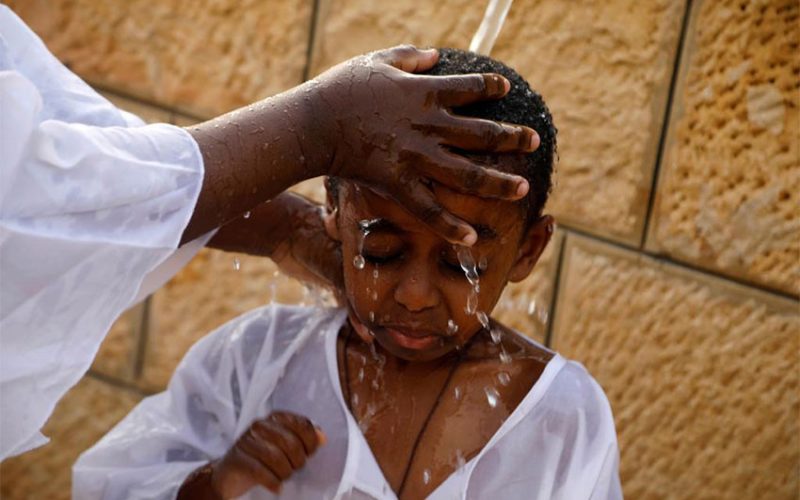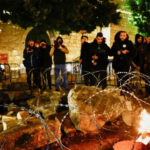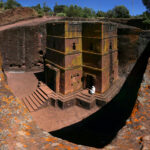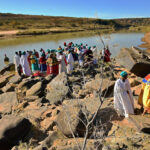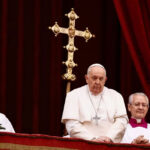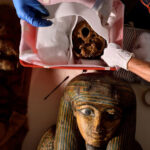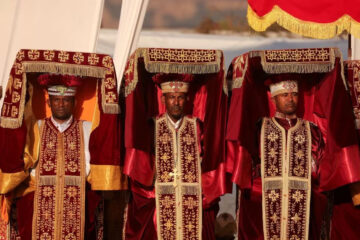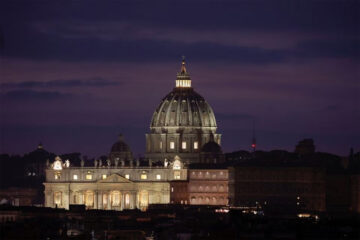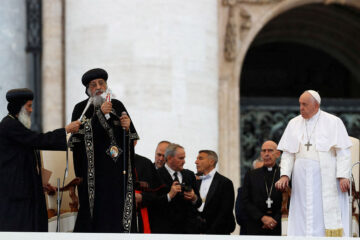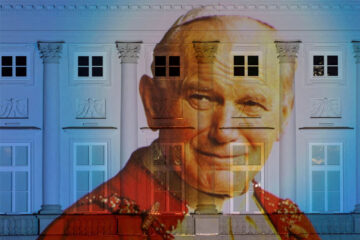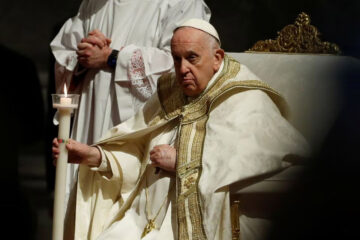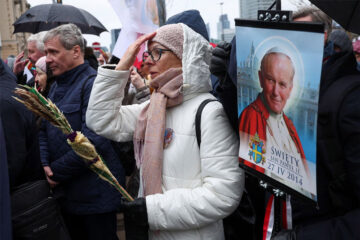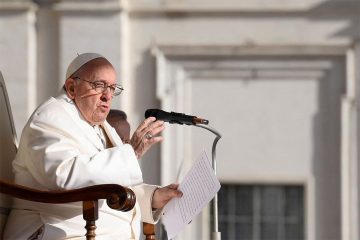STEPHEN FARRELL
SEEN from the air, the fragility of humanity as it must have been in the Holy Land in centuries past is plain to see – ancient monasteries clinging to precipices, tiny fishing boats on the Sea of Galilee, deserts gnawing at the edges of towns.
For the Christian faithful, the Biblical journey and legacy of Jesus are written in stonework and monuments across the landscape, straddling modern political faultlines.
But modern pandemics, like ancient plagues, are no respecters of political and belief systems. For a year the Christian sites of the Holy Land, like the sacred places of Judaism and Islam, were under varying degrees of lockdown or restriction, and bereft of foreign pilgrims.
Bethlehem, the birthplace of Jesus, was the first area in the occupied Palestinian Territories to be forced into lockdown just before Easter last year, closing the Church of the Nativity.
Other churches followed soon afterwards, including Jerusalem’s Holy Sepulchre, built over the sites where Christians believe Jesus was crucified, buried and resurrected.
“Death is stalking a lot all over the world,” a despondent Apostolic Administrator Archbishop Pierbattista Pizzaballa told Reuters a year ago on Good Friday, known to Palestinian Christians as Sad Friday.
Throughout 2020 little changed and by Christmas Pizzaballa, by then elevated to Latin Patriarch of Jerusalem, still cut a glum figure as he arrived in a rain-soaked Bethlehem for a muted celebration in front of a tiny congregation.
But on Dec. 19 Israel had begun a rapid COVID-19 vaccination programme that gradually brought hope of a freer 2021. At least for Israelis, if not Palestinians, where the vaccine roll-out has been slower.
But on both sides of the Holy Land, as the Christian calendar progressed from Christmas to Easter, the faithful began to turn out again in greater numbers.
At the sites revered as places of Jesus’s early life and miracles there were cautious, masked celebrations.
In February beneath the Mount of Temptation, where tradition has it that Jesus was tempted by the devil, Jericho priest Father Mario Hadchiti said: “We have high hopes as believers living on this holy land, the land of prophets and saints, that we will overcome the pandemic and return to normal.”
Early hopes that this year’s Easter celebrations might be completely free of restrictions proved over-optimistic.
But at the start of Holy Week, the huge medieval doors of the Church of the Holy Sepulchre swung open to admit churchgoers.
On the spot in the southern courtyard where he had stood despondently a year earlier, a more upbeat, though still masked, Latin Patriarch emerged from the church flanked by Catholic clerics and worshippers before heading to the Mount of Olives for the traditional, albeit reduced, Palm Sunday procession.
“We feel more hopeful that things will become better,” Pizzaballa said. “The message of Easter is life and love, despite all the signs of death, corona, pandemic, whatever, we believe in the power of love and life.”

